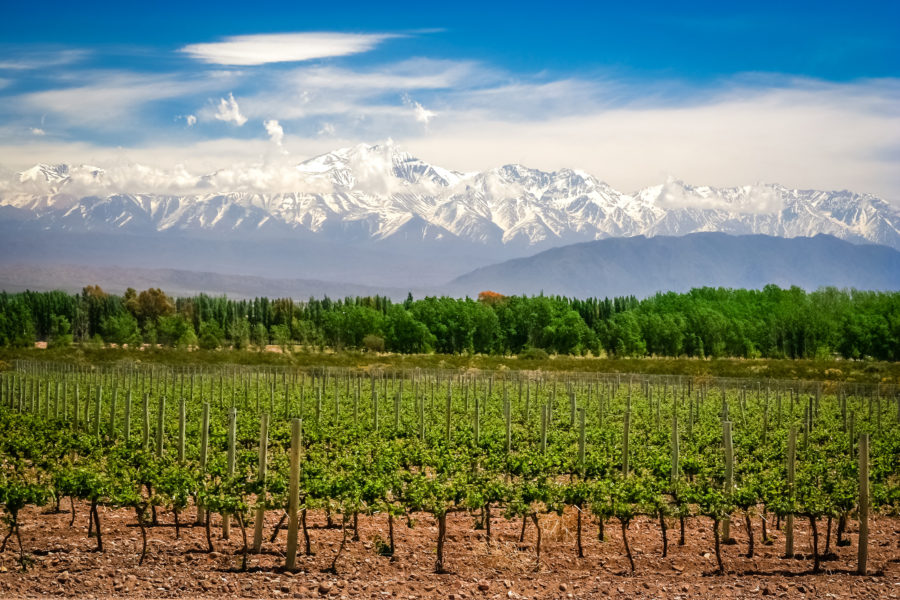Construction of $9bn Roy Hill iron ore mine kicks off, no $2-a-day workers needed

The construction contract of the Roy Hill iron ore mine in the Pilbara – the biggest to emerge in Australia in decades – has been awarded and building starts next week.
Korean chaebol Samsung was awarded the $5.6 billion contract which includes railroad and port infrastructure and The Australian reports scheduled completion is set for November 2015 according to a Samsung filing with the Korean stock exchange.
A year ago the massive project – which has a final bill of $9.5 billion and will produce 55 million tonnes per year at full tilt – was the first to be allowed to import foreign workers under the Australian government’s Enterprise Migration Agreement (EMA).
But in February Roy Hill executives said that the labour shortage in Australia of the past few years has improved to such an extent that it was in a position to source all 8,000 construction workers needed locally and would no longer use the 1,715 foreign worker permits it was granted.
Gina Rinehart’s Hancock Prospecting owns a 70% interest in the project, South Korea’s Posco and STX Corp holds 15%, Japanese firm Marubeni has a 12.5% stake while Taiwan’s China Steel Corp holds the remainder.
Rinehart, Australia’s richest person with a personal fortune of $18 billion, was one of the main driving forces behind the EMA, but also came in for a lot of criticism about her comments that Australians should “spend less time drinking, smoking and socialising and more time working” and that local miners should imitate hardworking Africans who are willing to labour for $2 a day.
Importing labour for mining projects is a controversial issue around the world.
Clashes between Chinese workers and artisanal gold miners in places like Ghana is a regular occurrence, while strife between local workers and expat managers at Zambia’s Chinese-owned copper mines remains a contentious issue in the Southern African country.
A controversy also erupted in British Columbia after work permits were issued to as many as 2,000 Chinese workers for a coal mine in the Canadian province because no suitable local candidates were found.
{{ commodity.name }}
{{ post.title }}
{{ post.date }}




Comments
Rowan Weber
I am wondering, why it is so hard to enter the mining sector in W.A. when I already have Crushing and Screening cert’s, experience and licences including Blasting and Mobile & Fixed Plant experience. Yeah ! Hire any old foreigner you have to train. I can start tomorrow, boost production, but because there is no government funding for skilled workers, I get overlooked by the HR companies employed to source skilled labour, as they are not getting kick backs from the government. Don’t get me wrong, if I had a company contracted to source skilled workers, I would tell the prospective employers the same story. ” there is no skilled workers out there!” When the government check arrives for $15,000 to put a newly skilled worker on the production line. I would bank it as well. Register myself as an Registered Training Organisation and cut the costs running my own course Cert. IV in mining operations, for a fraction of the cost. Hey more profit, consultancy fee for job placement, government funding for training, student pays for course back to company via deductions from pay once working and if the employee is Aboriginal or Torres Straight Islander who has been on centerlink payments for more than a year. The government gives you a check for placing them in a job, too!(after 3 months)
With my current Qual’s, there is little work for me in Victoria, I can fly myself to W.A. to meet my FIFO obligations. Any Job’s here, are not in the mining industry and at half the hourly rate. With each application I tender, I get the question,”Why are you applying for this position? as you are way to over qualified for it.”
My queston To the company heads, “Why not look at the eastern states?”
Rheinhart and Forrest, “You have ore to process, sitting on the ground, set up your own Training Organisation and tap that government funding resource. but in the mean time, grab skilled workers from the East to fill in while you train your own workforce.
Cheers, I want a job.
Affordable.